I am at heart a hydrologist who loves ecology in all its manifestations, thus I think for me ecohydrology is the science that deals with the hydrologic processes that crucially impact ecologic dynamics on its many manifestations. Obviously this is a wide definition but I like it because it brings hydrology as key player in a wonderful variety of different areas.
What are your undergraduate and graduate degrees in?
I graduated in Civil Engineering from Zulia University in Maracaibo, Venezuela. After that I received my M.Sc. from Caltech in hydraulics and my PhD in hydrology under Prof. Vujica Yevjevich from Colorado State University . Very early in my graduate school I decided that the excitement in research in the water field was going to be in the science aspects that hydrology contained where there were a extremely large number of fundamental questions being treated empirically under a very limited hydraulic perspective. The “why?” of the many beautiful dynamics of nature related to water was simply being set aside in favor of engineering short-term solutions to specific problems.
How did you arrive at working in/thinking about ecohydrology?
In the previous questions I answer why did I go into hydrology when the field was still very erroneously considered as an appendix to hydraulics. It was basically because of the beauty of the questions: why river basins look like trees? Why rainfall shows a deep organization from cells to fronts? Why trees in savannas exist in clusters whose sizes have well defined probability distributions? Basically I was fascinated to try to understand the beauty of hydrologic processes through the mysterious and deep organization that I thought should exist behind them. Ecohydrology was very much in my mind since the beginning because two reasons: 1) the importance of the hydrologic dynamics for the life sciences and 2) for the beauty of the questions it brought to my research. I thought about it for many years-I still do!-but my many conversations and blackboard discussions with my admired hydrologist and great friend Peter Eagleson were of fundamental importance. We were interested in different questions but we shared a common approach about what made us “tick” in research. I had been working very intensively with Andrea Rinaldo in hydrogeomorphology and the structure of the drainage network but always kept in my mind the dream of linking that area with ecohydrology. How to do it? If I had to choose one question where to concentrate for a while , what would I choose? I decided that the variable I would choose to link many of the topics that were in my mind would be soil moisture and its probabilistic structure in space and time. I am still very involved with that topic.
What do you see as an important emerging area of ecohydrology?
What drives a lot of my research is to link and unify many different aspects of ecohydrology regardless of the always important local characteristics of the processes involved. From this perspective I am keenly interested in how some key patterns in nature-e.g., river networks, cluster of trees in savannas,etc-whose basic structure transcends scales, result from basic principles associated with hydrologic dynamics and plays a key role in fundamental areas of ecohydrology. With this perspective more than a decade ago several of us started to work in the role of river networks as ecological corridors for species, populations and pathogens. A book with this title by Andrea Rinaldo, Marino Gatto, and myself will come out later this year in Cambridge University Press. It intertwines hydrology, ecology, geomorphology, and epidemiology in a topic which I believe will be very exciting in the near future. The role of some natural patterns, like the ones I refer to –networks and clusters- resulting from ecohydrologic dynamics but at the same time serving as templates to study the organization of these dynamics in space and time is for me a crucial challenge ahead. This is my approach to study biodiversity, geochemical cycles,etc.in different types of ecosystems. I am interested in how the geochemical cycles organize in space and time as function of hydrologic dynamics? How this is both cause and consequence of the templates I just mentioned? The role of hydrologic processes in microbial diversity in soils and their space-time dynamics is a very exciting frontier.
Do you have a favorite ecohydrology paper? Describe/explain.
Really I have many favorite papers. Those are the ones that may me think in problems or approaches that are new! As examples I would name the paper by Peter Eagleson in 1982 in Water Resources Research, “Ecological optimality in water-limited natural soil-vegetation systems” and a recent one -2017- in Advances in Water Resources by Enrico Bertuzzo et al: “Scaling of dissolved organic carbon removal in river networks”. Both papers are daring in the sense of proposing dynamic principles of general character that go beyond particular aspects related to location or scale. They aim high! The paper by Pete I am sure has been read and re-read by most ecohydrologists. The one by Bertuzzo et al combines the form and scaling of river networks with the removal of dissolved organic carbon to show that the minimization of energy dissipation controlling the scaling structure of the network leads to scaling of the DOC mass flux and a more efficient DOC mass removal per unit stream bed.
What do you do for fun (apart from ecohydrology)?
I truly have a lot of fun in long walks with Mercedes, my wife, and spending time with our 14 grandchildren!
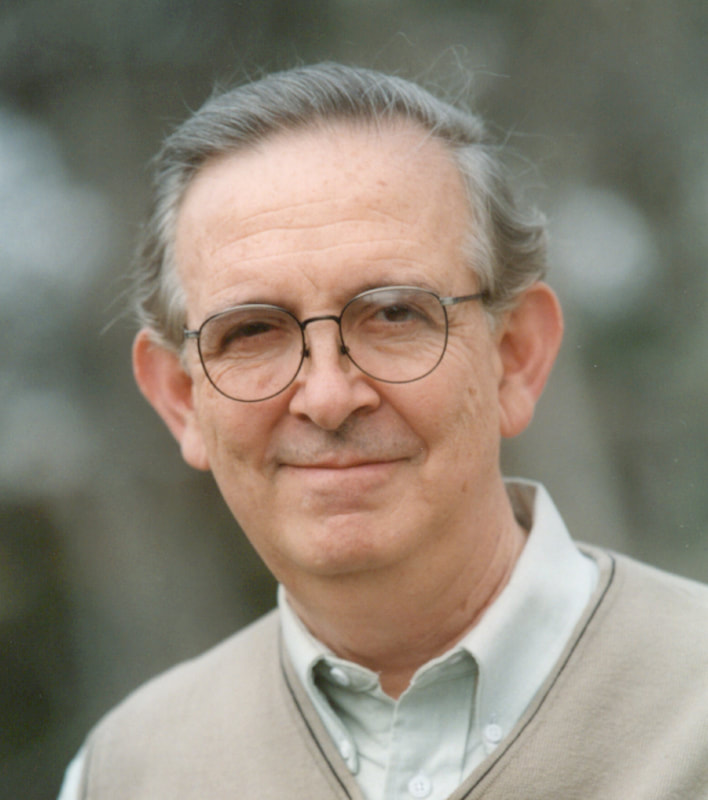
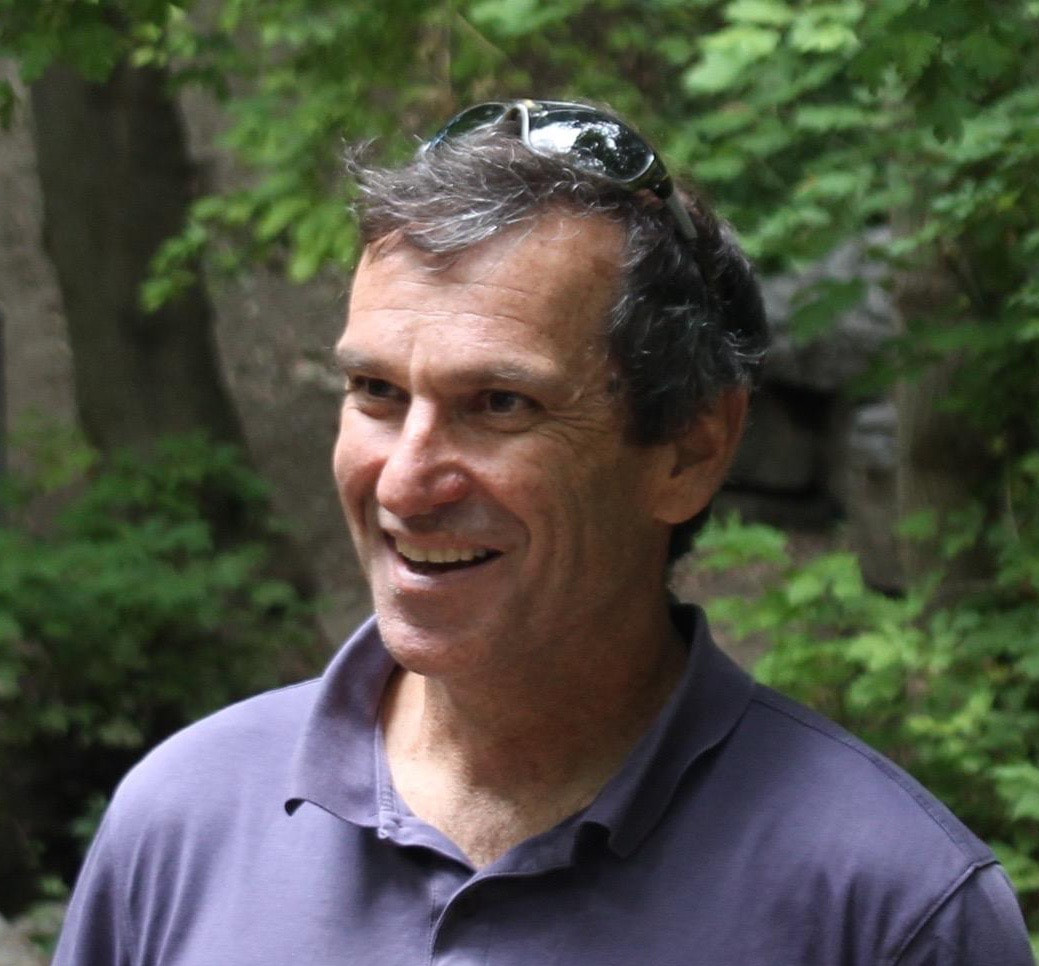
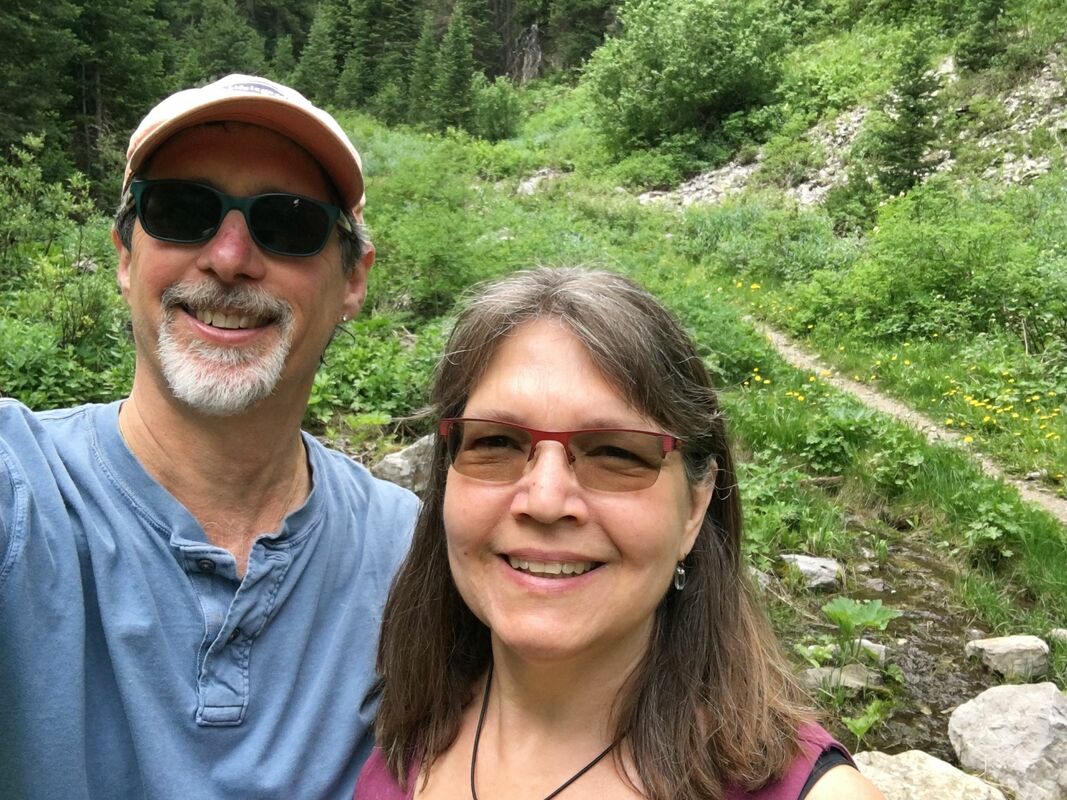

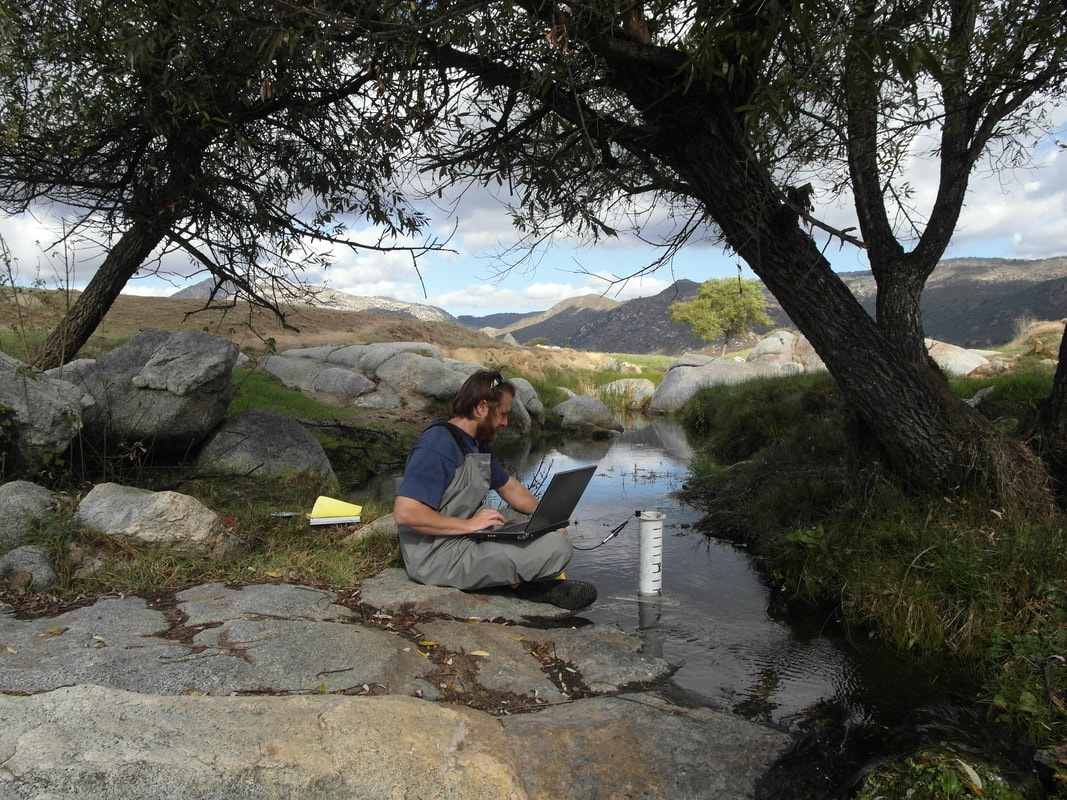
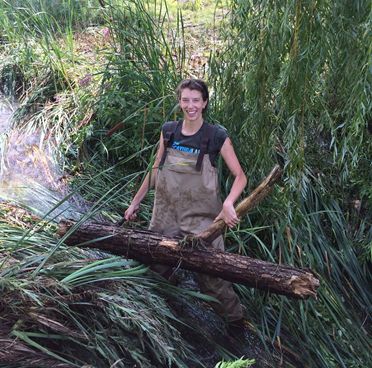

 RSS Feed
RSS Feed